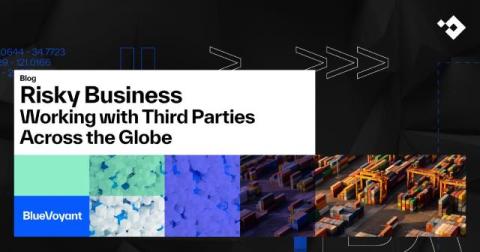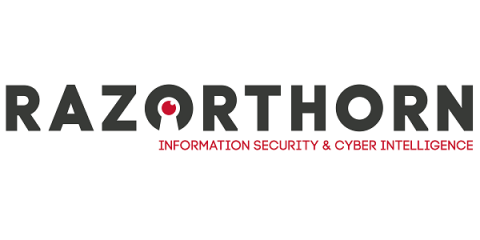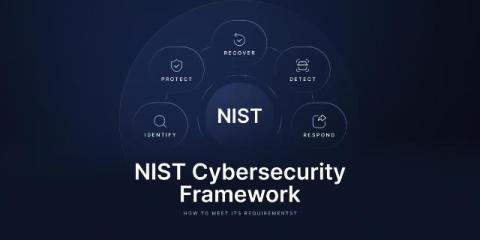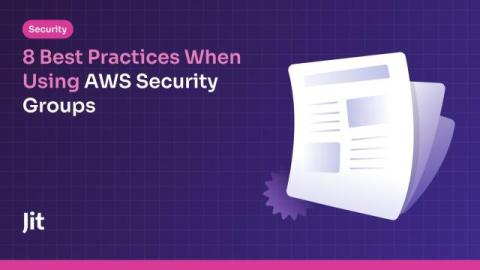Certification Update with Stefanie - Tanium Converge 2024
Get a first-hand update from Tanium's VP of Enablement on the latest certification news. Tanium's 2024 Converge user conference was held November 17-21 in Orlando, Florida. Converge 2025 will be in Orlando, Florida, November 17-20..











